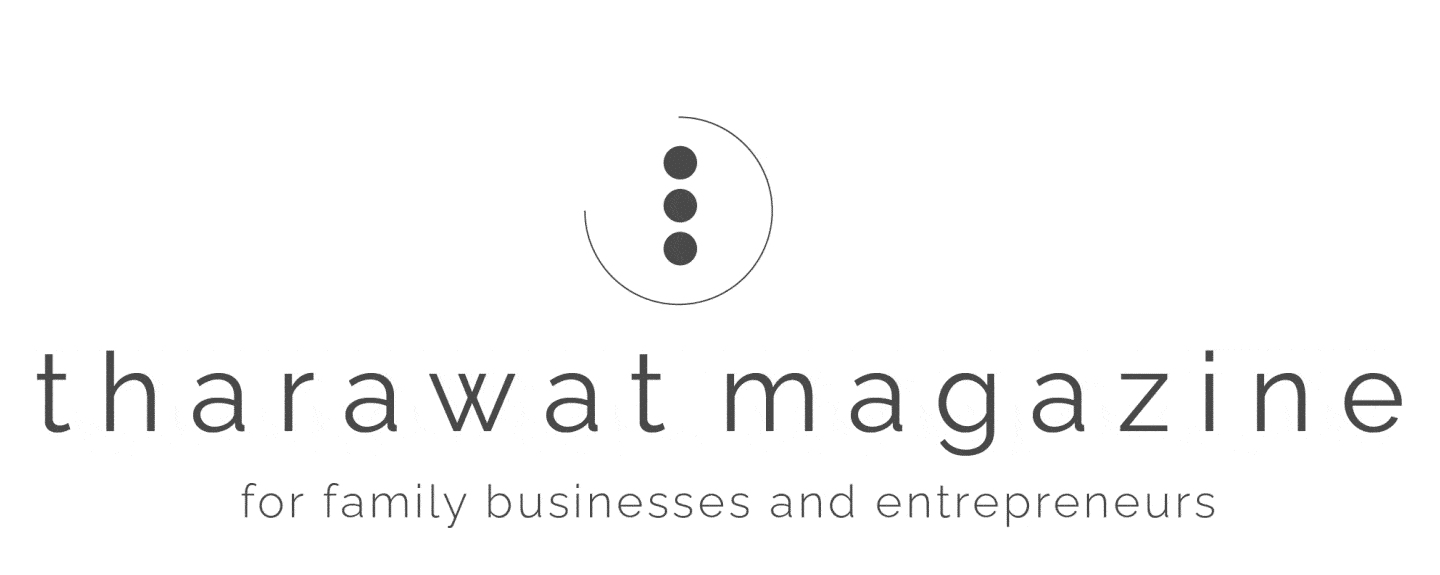Family businesses can potentially leverage the capital generated by initial public offerings (IPOs) for expansion. For smaller firms, an initial public offering is often the next step towards growth and the ability to increase operational capacity. Even the world’s largest companies use IPOs as a means to internationalise further or diversify into different industries.
That said, making an IPO means letting go of control in many ways, and often, the potential benefits are not convincing enough to make it worthwhile. For many family businesses, not only is selling a stake in ownership unpalatable for its potential negation of legacy, but an increasingly complex ownership model can also add dissonance to an already complicated leadership dynamic. Besides, there are absolutely no guarantees that an IPO will meet the expectations of business owners or investors. Moreover, the influence of shareholders might disrupt the culture of the business, eschewing characteristic long-termism in pursuit of short-term gains, and family business sustainability might suffer as a result.
Examples of poor outcomes are easy to find. In 2019, highly anticipated IPOs from Lyft, Uber and Slack delivered lacklustre results, and shares subsequently dropped 20 per cent from their debut prices. WeWork’s 2019 IPO failed entirely, prompting the office space giant to pull it from the market. Instead of expanding, WeWork suffered a $37 billion loss in valuation in the process.
That said, in some instances, the pay off is spectacular. However, predicting the outcome of an IPO – differentiating between the winners and losers beforehand – is impossible.
“…the most significant factor influencing whether a family firm should go public may be timing. Geopolitics, trade forces and regulatory considerations play an important role when businesses look to go public.”
Family-Owned to Family-Led
The amount of family firms turning to initial purchase offerings mirrors the IPO market in general. Global IPO activity maintains a close relation to regional economy size, market strength and sector demands, but the most significant factor influencing whether a family firm should go public may be timing. Geopolitics, trade forces and regulatory considerations play an important role when businesses look to go public.
For example, in the GCC, the appetite for IPOs rebounded in 2010 after years of decline connected to the 2008 financial crisis. Yet, in the years to follow, the region saw an average of only nine IPOs annually compared to 30 in 2007 alone. In 2019, jittery European investors worried about a trade war, and the ramifications of Brexit delivered the worst IPO numbers in a decade. Likewise, in the US, there are fewer publicly traded companies in 2019 than there were in 1976.
Despite the dwindling listing numbers, the capital raised by IPOs has far outpaced pre-2000 levels, further driving the appeal for businesses and investors alike in the 21st century. However, not dissimilar to the IPO fervour of the dot.com era, it is still the technology sector fuelling today’s demand for IPOs. The US still leads global IPO yields, but in recent years, the Asia-Pacific region has steadily increased its presence, with more than twice as many IPO listings as the Americas in 2019 – a number driven mainly by tech-centric start-ups. For many other sectors and an overwhelming majority of family businesses, however, making an IPO to raise capital is becoming less common because of the transparency it requires.
“Family businesses are not alone in their recent shift away from IPOs. Almost 90 per cent of venture-capital-backed firms today look to be acquired rather than going public.”
Seeking the “Private” in Private Equity
According to accounting firm Deloitte, only 4 per cent of family businesses intend to rely on IPOs for their capital needs over the next two years. Borrowing from financial institutions and taking advantage of grants and incentives will be the most common methods family firms use to achieve liquidity in their operations. The trend is due at least in part to the American National Securities Markets Improvement Act of 1996, which made it easier for private companies to sell stock to large institutions and wealthy investors. Selling stock to raise funds without the scrutiny required when taking a company public is appealing to many family firms. In 2018, private assets under management surpassed $5 trillion. That figure was less than $1 trillion in 2000.
Family businesses are not alone in their recent shift away from IPOs. Almost 90 per cent of venture-capital-backed firms today look to be acquired rather than going public. In the case of family-controlled Anheuser-Busch InBev, the trend has allowed them – and many others – to grow through mergers and purchases, such as the 2016 acquisition of SABMiller. However, it’s not only the regulatory changes of the mid-90s impacting IPO decisions for family businesses; going public can be prohibitively expensive, involving a steady list of lawyers, auditors and investment bankers. The price tag associated with preparing an IPO can run into the millions.
That said, even with the cost and challenges that come with an IPO, the long-term potential can still be enticing. With the largest generational transfer of wealth in history occurring over the next decade, an uptick in IPO use may coincide with family members using them as an exit strategy when they don’t want to continue in the business.
For these and other family firms still committed to going public, early preparation is the best way to take advantage of a favourable window as soon as it appears. Increasing operational transparency is perhaps the most significant hurdle family firms must address before attempting an IPO, and with timing playing such an important role in the successful outcome, the sooner a family lays the groundwork for full disclosure, the better.
[ms-protect-content id=”4069,4129″]
Diverse Outcomes
The benefits can be substantial for family businesses who successfully make the transition from private to public. Listed companies with significant family ownership often enjoy popularity with investors who value their long-term vision, as well as the responsible debt positions family firms operate under. However, even with thorough preparation and investor enthusiasm, the success of an IPO can still largely hinge on the vagaries of the market – the metaphorical luck of the draw.
Sometimes, it works. For example, take the visionary Phil Dudderidge, who bought audio equipment company Focusrite out of liquidation in 1989. After two decades of building the company’s reputation for highly desirable recording equipment, the former audio engineer for Led Zeppelin took the company public on the London Stock Exchange’s junior market, AIM, in 2014. Focusrite’s shares have now more than doubled in price since its IPO.
Some of the biggest family-owned businesses have also made impressive IPO leaps recently. German brake system maker Knorr-Bremse AG launched the largest family-owned business IPO in Germany’s history – and the largest European IPO when it raised over $4.3 billion on the Deutsche Börse in 2018.
Aggressively promoting an IPO and creating investor anticipation has served some family businesses impressively. Malaysia’s premier poultry firm Leong Hup signalled their intention to make an IPO in 2018 after the death of the company’s founder. When they did launch their IPO seven months later on the Main Market of Bursa Malaysia, it was the country’s largest in two years. Investor appetite pushed Leong Hup’s shares up 8.2 per cent on the first day.
However, expectation alone does not guarantee IPO success. In 2008, the Ambani Family’s Reliance Power’s IPO was oversubscribed 73 times and set a global record for shareholder interest due to the Ambani’s legacy of strong market performance for their companies. However, by the end of its debut trading day on the National Stock Exchange and the Bombay Stock Exchange of Mumbai, Reliance shares not only missed their issue price; they closed down 17 per cent, wiping out billions of the company’s market capitalisation in the process.
Industry experts often cite a number of contributing factors when an IPO fails so spectacularly, but in the case of Reliance Power, its popularity may have been its downfall. Keen to take advantage of the company’s IPO, many investors leveraged other assets to buy in. When there was a sense that the company’s IPO was being bolstered by funds that investors had technically borrowed, the market reacted.
“Often, family SMEs generate strong demand from investors and deliver equally strong results.”
Taking the Leap
Despite the trend towards seeking capital through private channels, IPOs are likely to remain an appealing option for family businesses. The free advertising from the hype of an IPO alone is an ancillary reward not lost on many family business leaders. Moreover, the types of smaller, well-managed companies that make up the majority of family businesses have traditionally been the best IPO performers.
Often, family SMEs generate strong demand from investors and deliver equally strong results. Coupled with a climate and demand for IPOs seen only infrequently, many family businesses will take the leap and count on fortune favouring the bold.
[/ms-protect-content]














